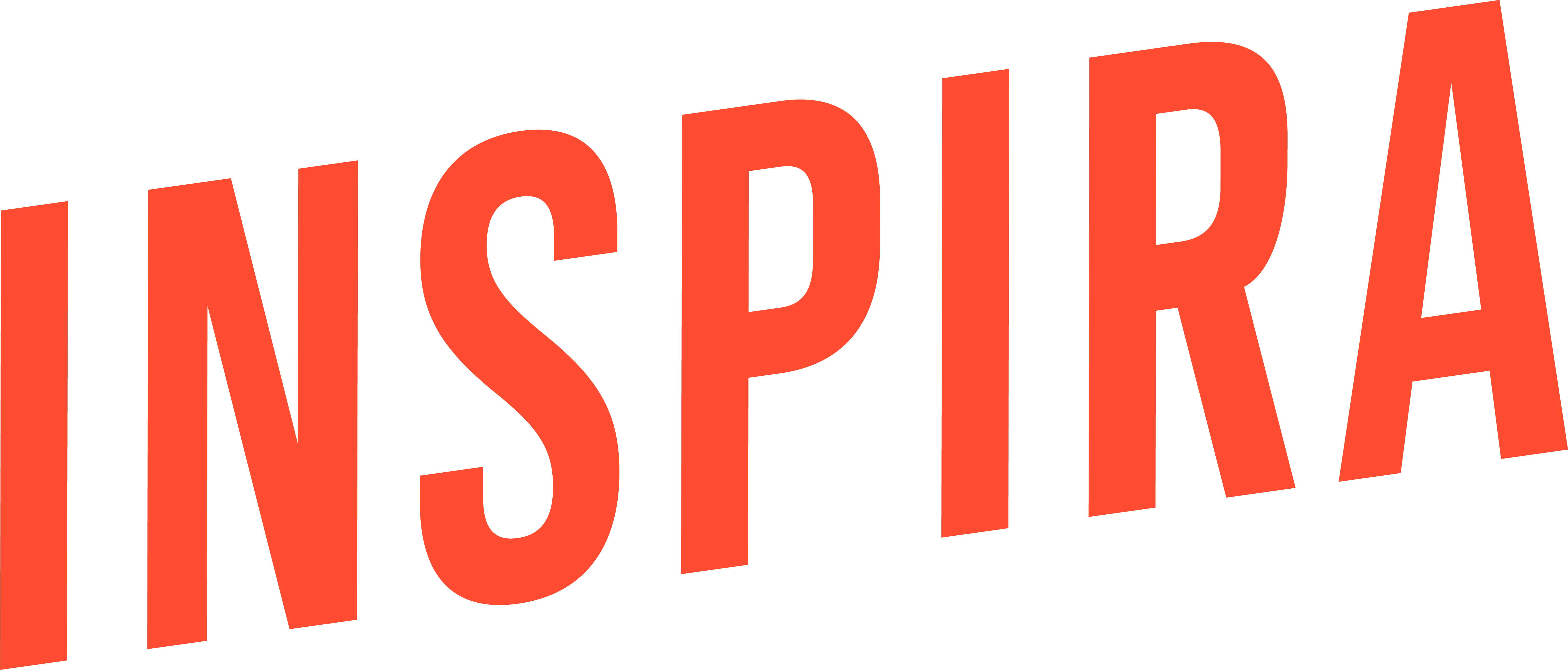Influencer marketing is more popular than ever before, and anyone who paid attention to Coachella should already know that. I mean, did you see all the branded content?
Across the country, agencies and brands alike jump at the opportunity to attain millions (or even billions) of impressions for their marketing campaigns by hiring these social media celebs, many of whom are quite literally “Instagram famous.” After all, these modern trend-setters can be a powerful mechanism to help you gain brand recognition and expedite word-of-mouth marketing before, during, and after your campaign.
Still, implementing an influencer campaign alone does not guarantee success. Like any other marketing initiative, it has to make sense for your brand and be integrated within the greater marketing plan. For experiential marketers like ourselves, influencer marketing can add a ton of value to an event strategy – if done correctly. Let’s take a look at a few brands that have done it best.
Levi’s
Speaking of Coachella … This year, Levi’s hosted its own Tailor Shop pop-up. Here, attendees had the opportunity to work with an on-site seamstress to customize all sorts of denim apparel. To build the buzz around the activation, the footprint was flooded with influencers, each of whom were dressed in the latest Levi’s styles. Planned appearances from models such as Bella Hadid and Hailey Baldwin during the three-day blitz skyrocketed media impressions to over 2.5 billion.
Yes, billion with a “B.”
The superstars alone have a combined 30 million followers on Instagram, which, when combined with a share-worthy experience, created results that can speak for themselves. While Levi’s is an established company that may not be hurting for recognition, this opportunity to partner with big-name celebrities was the perfect way to add cachet while also showing consumers how to add their own unique spin to some classic denim.
Glossier
Okay, so you’re not Levi’s. You don’t have millions of dollars to spend on supermodel appearances and pop-up shops at Coachella, but you still want to make a splash. How do you do that?
Oftentimes, brands use a smaller-scale partnership to create an experience and then bring in local influencers to boost visibility. Glossier, primarily an internet-based cosmetic company founded in NYC, wanted to expand its palette, so to speak, on the West Coast. Enter Rhea's Café takeover, located in the heart of San Francisco’s Mission District. Between the Millennial Pink décor and café signature dishes, it was a perfect opportunity for San Francisco-based influencers to create shareable content for both Instagram and beauty blogs. Who doesn’t love a fried chicken sandwich with a side of lidstar lip gloss?
Glossier continued to infiltrate the internet during the month-long pop-up by tapping into various local influencers’ social platforms, ultimately demonstrating what word-of-mouth marketing can do for a brand. “It hasn't been through paid or built marketing spend,” said Founder and CEO Emily Weiss on the success of the activation. "It's been mostly word-of-mouth."
Marketing alone is not just about staying atop experiential trends and executing as such. Through the observation of brands’ successes, we’ve found that influencer integration is the icing on the cake to create a successful campaign that maximizes reach for your brand on all platforms. Whether you’re a storied company like Levi’s or a niche one like Glossier, have a big budget to work with or only small one, a well-placed influencer program can go a long way towards growing your brand.
